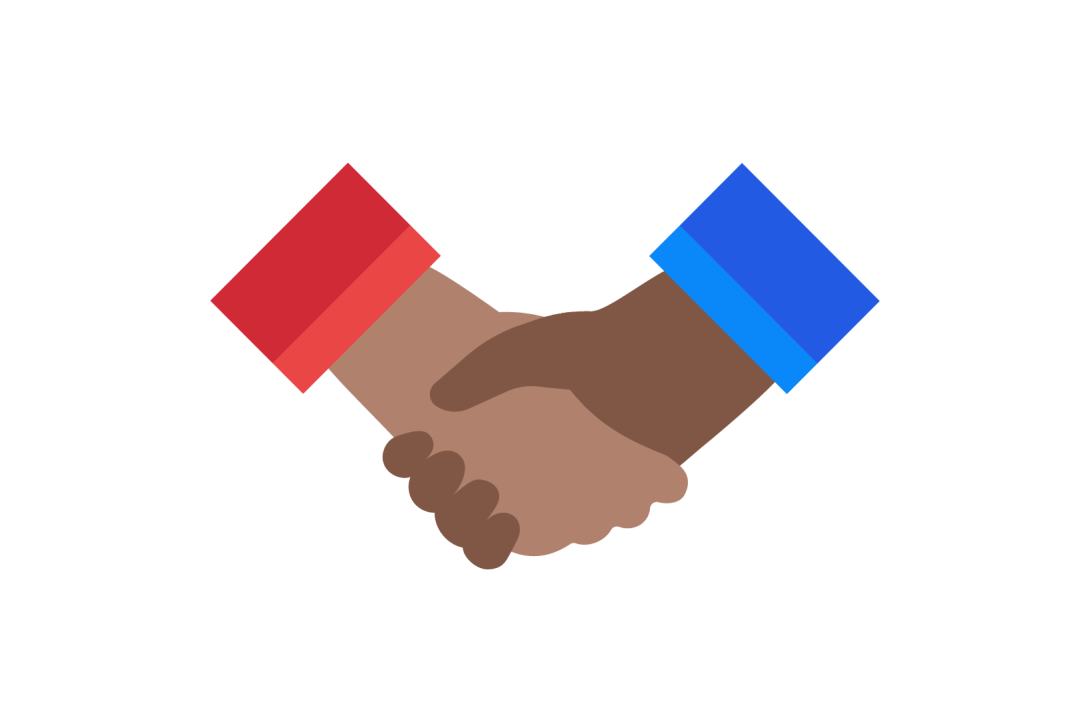- Enter your annual income.
- Enter your current monthly debt.
- Enter your down payment.
- Enter a state.
Browse affordable mortgage options from U.S. Bank.
There are a variety of home loan assistance program that can make purchasing or maintaining a home more affordable. And because your needs are unique, we have options for different income levels and financial situations. Explore the features and benefits of each so you can make an informed decision about your future as a homeowner. You can also compare all mortgage loan options in one easy spot.
U.S. Bank American Dream loan
Works with other down payment and grant programs
- Down payment as low as 3% of purchase price
- Up to $10,000 in assistance funds
- Mortgage insurance paid by U.S. Bank
U.S. Bank Access Home Loan
Up to a $5,000 lender credit
- Down payment as low as 3% of purchase price
- Up to $12,500 in assistance funds
- Mortgage insurance paid by U.S. Bank
- Available in select locations
FHA loan
Lower credit score requirements
- Down payment as low as 3.5% of purchase price
- Flexible qualification guidelines
- Requires mortgage insurance
VA loan
No or low down payment options for military members
- Doesn’t require mortgage insurance
- Flexible qualification guidelines
- Simplified approval process
Crunch the numbers with our mortgage affordability calculator.
Determining your budget is a crucial first step in the homebuying process. Our mortgage affordability calculator can help you estimate your target purchase price based on the information you provide. You can calculate this based on your income or the amount you wish to pay each month.
Please fix the following items to continue:
The following fields are required.
Annual income before taxes
Your annual income before taxes, or gross income, may be received as money, goods, property, or services.
Enter your annual income.
Monthly debt
Your monthly debt includes monthly required credit card payments, car payments, student loans, alimony and child support payments, any house payments (rent or mortgage) other than the new mortgage you’re seeking, rental property maintenance, and other personal loans with periodic payments. Don’t include everyday expenses like groceries.
Enter your current monthly debt.
Down payment
This is the cash you pay up front when you buy a home. The larger your down payment, the less you’ll need to borrow and pay back in interest.
Enter your down payment.
State
Choose the state where you’re thinking of buying a home.
Property tax
Property tax is calculated by your local government on the value of the property you own, including the land.
Homeowners insurance
This is a type of property insurance that often covers interior and exterior damages, personal assets, or injuries that occur while on the property. It’s often based on your home’s price.
Homeowners association fees (monthly)
HOA fees are monthly dues that condo owners and homeowners in some single-family neighborhoods pay.
Interest rate
This is the amount of money your lender charges you for using their money. It’s shown as a percentage of your principal loan amount.
$0
$0
What's included in your estimated monthly payment:
$0
$0
$0
$0
$0
$0
Affordability breakdown
Affordability breakdown
These ranges are based on what your debt-to-income ratio (or DTI) would be.
Affordable In this range, with a DTI from 0% to 36%, you’d be able to pay your monthly bills and still have money left for food and entertainment.
Stretch In this range, with a DTI from 36.1% to 43%, you’d likely be able to afford your monthly housing payments but it may take away from your other expenses or affect your savings.
Aggressive In this range, with a DTI from 43.1% to 45% or higher, you may be likely to miss payments if any unexpected expense occurs.
Affordable
Recommended

Stretch
Aggressive
Prequalification doesn’t affect your credit score.
Homebuying truths that might surprise you
Information about buying a home is abundant – and sometimes confusing. If you’re new to the process, here are a few truths you need to know.
Paying a higher down payment on a home can help you save money on interest in the long term. But you can pay as little as 3% of the home’s purchase price for a down payment. And you can find help to buy a home, like grants or special purpose credit programs.
You don’t have to have “excellent” credit to qualify for a mortgage, though a higher score can help you get a lower interest rate. That said, there are government-backed mortgages like Federal Housing Administration (FHA) loans that have even lower credit requirements.
Lenders do look at how much you owe against how much money you bring in (known as your debt-to-income ratio, or DTI). And a general rule for lenders is that borrowers try to maintain a DTI of 36% or less. Having flexibility in your budget is important.
See what it’s like to be a first-time homebuyer.
Our first-time homebuyer guide can help if you’re wondering how to prepare for buying a first home. Watch videos to learn about others’ first-time homebuyer experiences and how they made the dream of homeownership a reality.
Learn how they navigated buying their first home.
Spend a few minutes with Shavez and Rosa. Hear about their experience and how their goal of homeownership became a reality with the help of a U.S. Bank mortgage loan officer.
Find out how she purchased the home she’d rented for 15 years.
Get a glimpse of Melody’s experience going from renter to owner. Find out how she was able to use the U.S. Bank Access Home Loan to make it possible.
Our mortgage loan officers can answer your questions and help you through each stage of your homebuying journey.
Check out our homebuying resources.
Article
What is down payment assistance?
Discover how down payment assistance can help you achieve homeownership.
Article
Can you buy a house with low income?
Read about the options and programs that may make it possible.
Article
What credit score do you need to buy a house?
Get insights on credit scores, why they matter for mortgages, and how to maximize yours.
Get answers to common questions about affordable home loans.
To determine how much you can comfortably afford, use our mortgage affordability calculator to estimate your target purchase price and monthly payment. Generally, lenders prefer your mortgage payment to be less than 28% of your current gross income. Therefore, it's important to plan for your monthly mortgage payments, insurance, ongoing expenses, as well as a portion of your down payment and closing costs.
Some affordable home loans, like the American Dream and Access Home Loans, offer assistance funds that can be used toward closing costs. These assistance funds can also be used for a down payment, required repairs or improvements. And they can even be combined with other down payment assistance and grant programs.
Grants are a type of financial assistance that helps homebuyers pay for down payments and closing costs. These grants are considered gifts, meaning they do not need to be repaid. They are usually offered by federal, state, county, or local government agencies, non-profit organizations, or employers. The availability and eligibility requirements for these grants can vary by state.
Special purpose credit programs are designed to help those in underserved communities who may have difficulty qualifying for conventional financing. They allow lenders to offer favorable loan features like lower down payments, relaxed credit score requirements or assistance with closing costs. To qualify for the benefits offered through these programs, applicants must meet a clearly defined set of criteria.
U.S. Bank offers several loan options that don’t require mortgage insurance, including:
- American Dream Loan: The American Dream Loan offers low down payment options and down payment assistance up to either $5,500 or 3% of the purchase price up to $10,000 – whichever is greater. U.S. Bank covers the mortgage insurance cost.
- Access Home Loan: The Access Home Loan is a special purpose credit program that offers up to $17,500 in combined down payment and lender credit assistance to eligible homebuyers. Mortgage insurance is paid by U.S. Bank.
- Veteran’s Affairs (VA) loans: VA loans are government-backed loans for active or retired members of the military or their spouses, with low or no down payment options. VA loans don’t require mortgage insurance.
To apply for an affordable mortgage like the American Dream Loan or the Access Home Loan, contact a mortgage loan officer. They’ll be able to show you how these loans compare to other mortgages and tell you about other assistance programs in your area.






